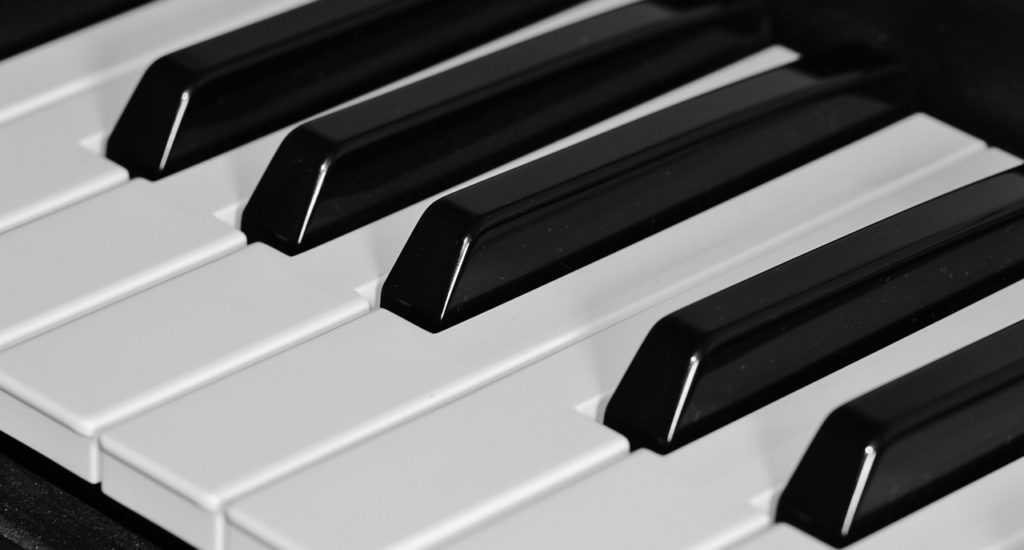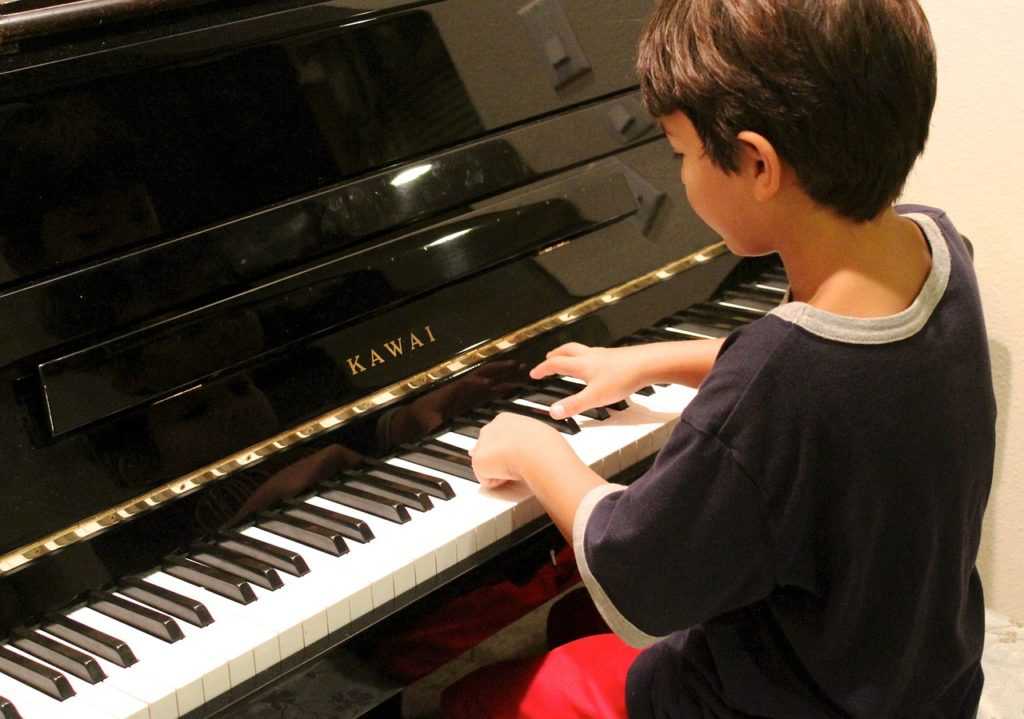Digital Pianos Versus Acoustic Pianos: How having the right instrument will improve your playing


Digital Pianos Versus Acoustic Pianos
When learning the piano and taking piano lessons, having an instrument that you can practice daily is important to your success and progress. One of the major choices that piano students face is whether a digital piano or an acoustic piano is right for them. If you’re looking to buy your first piano, then you should have a discussion with your music teacher as well as consider the below pros and cons about what each option offers.
Digital Pianos
Many piano students start out by buying a digital piano, simply because they are inexpesive, easy to get, and practical. Digital pianos take up much less space than acoustic pianos do, and they’re lightweight and easy to move. Another major advantage of a digital piano is that it’s less expensive than an acoustic version. There’s also no upkeep, since digital pianos will always be in tune. If you live in an apartment or just don’t want to disturb your family while you’re practicing, you can use headphones to prevent noise.
While digital pianos offer many benefits, they aren’t without their flaws, either. Acoustic pianos are essentially percussive instruments, and the tone is created by the way that a musician’s fingers both hit and leave the keys. No matter how advanced digital pianos are, they can’t truly replicate the feeling or sound of playing an acoustic piano. Their feel and touch just aren’t as good, and a musician can’t truly acquire a nuanced touch with the development of tone, acute listening, and advanced wrist and fingering techniques an acoustic piano demands. Plus, the pedals work differently than on an acoustic.
Digital pianos can be good for beginner and low intermediate students, but ultimately, musicians will need to progress to acoustic pianos.

Acoustic Pianos
Acoustic pianos are the best option for serious musicians. They produce a rich sound and quality instruments will retain their value as they age. The action of the keys on an acoustic piano is more responsive and subtle than on a digital piano. This is particularly important for classical and jazz music where musicians must attain proper finger techniques and subtle listening skills. Plus, acoustic pianos are beautiful to look at, too.
Acoustics do have their drawbacks, though. They’re heavy and difficult to move, and they take up significant living space, so they may not be practical for smaller apartments. You’ll find that there’s lots of variation in quality in acoustic pianos, so it can be daunting to purchase one without the guidance of an experienced music teacher. Acoustic pianos are loud, so you won’t have privacy when you’re practicing. They also require regular upkeep, including being kept at proper humidity and receiving periodic tuning.
A Piano Student Weighs In
Don’t take my word for it – here’s what Joe, a piano student at Sage Music, has to say about his experience in finding the right piano.
“Here was my experience: I’d been sitting pretty on a cheap-o plastic-y keyboard I got on Craigslist for $50. I’ve actually had the thing for five or so years – I always felt convinced that having it around was fundamental to my creative process even though I didn’t really know how to use it. It was good enough for me to get started, scales and whatnot. I learned my first songs on it, and when I started lessons at Sage it was good enough to practice on. But it never really felt like a real instrument to me. Like a wooden training sword, or a kid’s bike with training wheels, it lacked the heft of the real thing. Although I was capable of training my hands on it, although it made the right sounds when I pressed the right buttons (they always felt more like buttons than keys), I always felt like I was making music come out of it in spite of itself.
Everything changed when finally, as a birthday present to myself (with contributions from family members), I hunted out and found my new instrument. Still digital (I don’t have the room for an acoustic in my house), but otherwise superior in every way. I upgraded from 61 keys to 88; the sound is richer and louder; and most importantly, the keys are weighted. I must have tried 20 different instruments at 3 stores before settling on one where the weight felt just right. On top of everything else, it’s beautiful. My friends and family all compliment me on it, and it makes any room it’s sitting in more interesting and cool by its very presence.
The change in my relationship to music was almost immediate, and became even clearer as time went on. On my old keyboard, I practiced. On my new instrument, I played. I made a series of aesthetically-ordered sounds on my old keyboard. On my new instrument I made music. My old keyboard was a lifeless hunk of plastic and electronics. My new instrument was still made of plastics and electronics, yet somehow had personality and presence. In short, my old keyboard was like a high school friend with benefits – one you’re not even really into but you’re both teenagers who hate your parents and hormones are going crazy and what the hell. But my new instrument was like a serious relationship – love, commitment, and respect. And like a serious relationship, it teaches you a lot about yourself too. Because when you find the one, when you stop practicing and start playing, it becomes more than a series of motions your hands make, it becomes a conduit for your creativity. Once you have that conduit, you’ll be surprised at what comes out.”

The Right Piano for You
I believe that everyone should get a piano, but in New York City, there are also some limitations that may affect your choice. If you continue to study piano, then you will need a real piano after one or two years of study. For classical and jazz players, this is a must. If you’re playing pop music or composing, then you may not have as great a need for an acoustic piano.
Related




